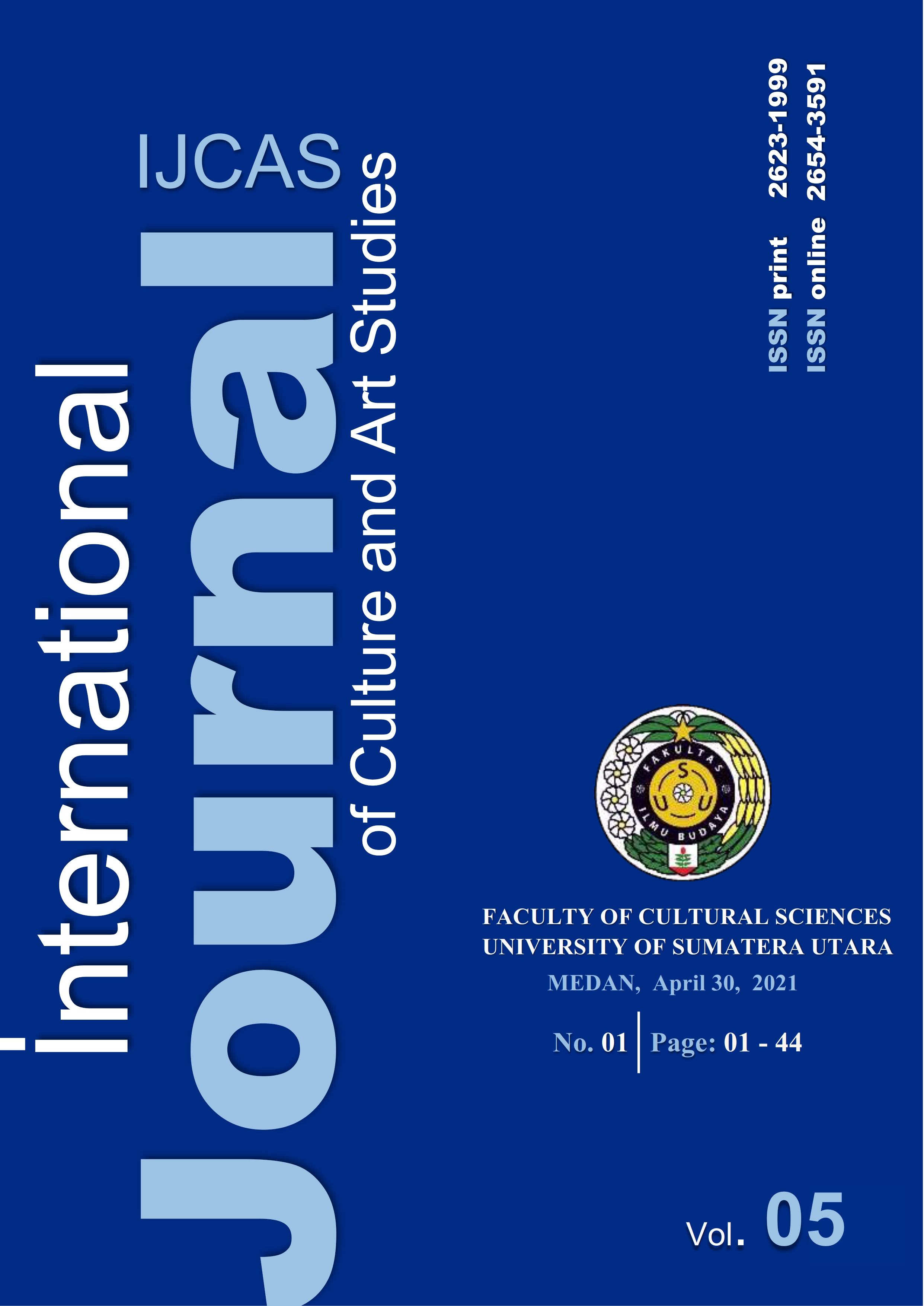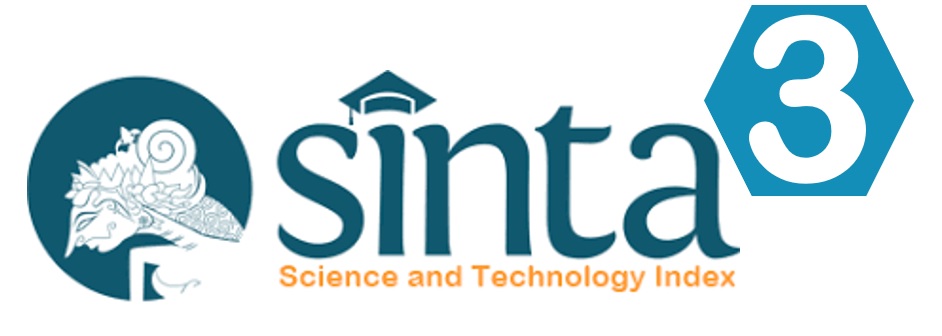The Social Functions of Rumah Gadang of Kinari Village in Modern Society
DOI:
https://doi.org/10.32734/ijcas.v5i1.4802Keywords:
Rumah Gadang, matrilineal society, function, social changeAbstract
Rumah Gadang is a traditional house for Minangkabau people, the majority of whom live in West Sumatra. In addition to being a place of residence for the matrilineal family, the traditional house and a place of family consultation, places of ceremonies, inheritance of custom values, and representations of matrilineal culture. The paper will analyze the change of the traditional house function and its factors based on 146 traditional Nagari Kinari. The study uses a qualitative approach to identifying and collecting field data through the fieldwork in Nagari Kinari, Solok. The result shows that traditional houses in Kinari have dramatically changed their functions in matrilineal families' homes and educational centres. However, they are still places for important ceremonies and the manifestation of social status. The function in essential ceremonies and social status symbols These changes occur due to social changes, including changes in family structure, economic income, the national education system and personal awareness, and differences in understanding traditional culture.
Downloads
References
P. E. de Josselin de Jong, Minangkabau and Negri Sembilan: Socio-Political Structure in Indonesia, Ijdo, Leiden, 1951.
Gregory Mark Simon, Caged in on the Outside. Moral Subjectivity, Selfhood, and Islam in Minangkabau, Indonesia, University of Hawai'i Press, Honolulu, 2014.
A. Bahauddin, S. Hardono, A. Abdullah & N. Z. Maliki, "The Minangkabau house: architectural and cultural elements", Eco-Architecture, vol. 165, pp.15-25. 2019.
Elda Franzia, Yasraf Amir Piliang & Acep Iwan Saidi, "Rumah Gadang as a Symbolic Representation of Minangkabau Ethnic Identity", International Journal of Social Science and Humanity, Vol. 5, No.1, p44-49. 2015.
Dharma Widya, “Kajian Arsitektur Rumah Tinggal Tradisional Minangkabau Nagari Panyalaian Kabupaten Tanah Datarâ€, M.S. tesis, Universitas Diponegoro, Semarang, Indonesia, 2001.
Syafwan, “Kebertahanan Rumah Gadang dan Perubahan Sosial di Wilayah Budaya Alam Surambi Sungai Pagu, Kabupaten Solok Selatanâ€, Humanus, Vol. XV, No.1 March, pp.105-119. 2016.
Mina Elfira, Bambang Wibawarta, “‘More Like Living With It Than In It’: The Modified Functions ff Minangkabau Rumah Gadang of West Sumatra, Indonesiaâ€, Global Journal Al-Thaqafah, Vol. 9, pp.71-77, 2019.
Hasanadi, Rolly Fardinan, Mahakarya Rumah Gadang Minangkabau: Studi Kasus Rumah Gadang di Nagari Sumpur, Kecamatan Batipuh Selatan, Kabupaten Tanah Datar, Balai Pelestarian Nilai Budaya, Padang, 2012.
Nella Marni, “Representasi Rumah Gadang 20 Ruang Nagari Sulit Air Kecamatan X Koto Diatas Kabupaten Solok dalam Perspertif Sejarah (1970-2013)â€, skripsi Universitas Andalas, Padang, Indonesia, 2015.
Joko Nugroho, “Kawasan Seribu Rumah Gadang akan Dicatatkan di MURIâ€, antaranews.com, July 20, 2016. [Online]. Available: https://sumbar.antaranews.com/berita/182407/kawasan-seribu-rumah-gadang-akan-dicatatkan-di-muri. [Accessed: Sept. 12, 2020]
Sudirman Ismael, Arsitektur Tradisional Minangkabau: Nilai-Nilai Budaya dalam Arsitektur Rumah Adat, Bung Hatta University Press, Padang, 2007.
Loeb Edwin. "Patrilineal and Matrilineal Organization in Sumatra", American Anthropologist, Vol. 35, pp.16-49. 1933.
Muhamad Radjab, Semasa Ketjil Dikampung (1913-1928): Autobiografi Seorang Anak Minangkabau, Balai Pustaka, Djakarta, 1950.
Tsuyoshi Kato, Matriliny and Migration: Evolving Minangkabau Traditions in Indonesia, Cornell University Press, United Kingdom, 1982.
Laporan Tahunan Nagari Kinari 2011, Nagari Kinari, 2012, unpublished.
Nadya Natahadibrata, "RI kicks off 12-year compulsory education program", thejakartapost.com, June 26, 2013. [Online]. Available: https://www.thejakartapost.com/news/2013/06/26/ri-kicks-12-year-compulsory-education-program.html. [Accessed: Sept. 12, 2020]
Marcel Vellinga, Constituting Unity and Difference: Vernacular Architecture in A Minangkabau Village, University of Washington Press, United States, 2004.
Joke Van Reenen, Central Pillars of the House: Sister, Wives and Mothers in A Rural Community in Minangkabau, West Sumatra, Research School CNWS, Leiden, 1996.
Downloads
Published
How to Cite
Issue
Section
License
Copyright (c) 2021 Zhang Jingling

This work is licensed under a Creative Commons Attribution-ShareAlike 4.0 International License.













